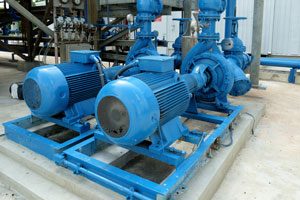 Motors are used for numerous industrial processes, be it moving air with a fan, pumping water with a pump, or driving a mechanical process. It is important to know when motors are not operating properly or require maintenance.
Motors are used for numerous industrial processes, be it moving air with a fan, pumping water with a pump, or driving a mechanical process. It is important to know when motors are not operating properly or require maintenance.
Many installations rely on a sensor or instrument used for the primary process, such as the use of a pressure transmitter to verify system pressure in a duct or the use of a flow transmitter to verify flow in a pipe. When errors or loss of pressure/flow are indicated, maintenance personnel may be dispatched to remedy the issue. However, this method does not indicate the root cause of an issue. Relying solely on primary process instrumentation opens the door to an unforeseen, possibly catastrophic situation. Continue reading “Benefits of Using Current Switches/Transformers”

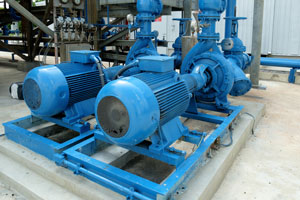

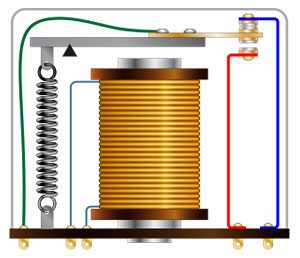

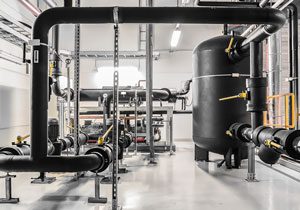 As discussed in
As discussed in 
 Question: I need to decide on a flow meter for my application. I see that your
Question: I need to decide on a flow meter for my application. I see that your 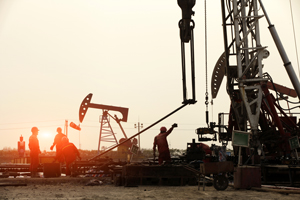
 In the past few years, oil production in the United States has skyrocketed. In fact, the U.S. is out-producing many OPEC countries and is currently on track to become one of the largest oil-producing countries in the world, alongside Russia and Saudi Arabia.
In the past few years, oil production in the United States has skyrocketed. In fact, the U.S. is out-producing many OPEC countries and is currently on track to become one of the largest oil-producing countries in the world, alongside Russia and Saudi Arabia.